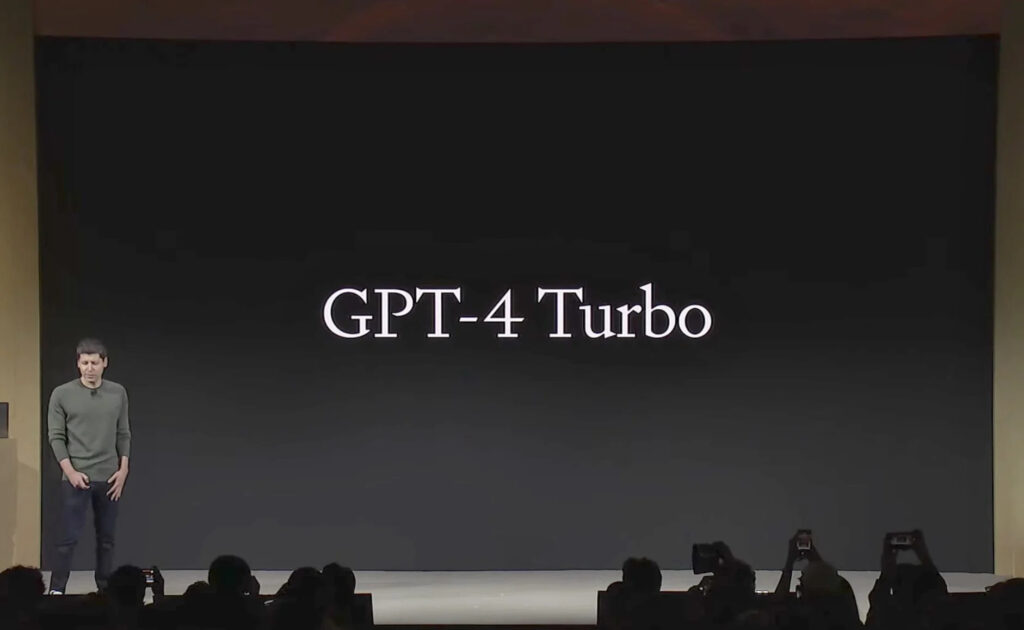
OpenAI introduced its groundbreaking GPT-4 Turbo model during its inaugural Developer Conference, addressing longstanding requests from both developers and general users. This new iteration surpasses the GPT-4 model in every aspect, offering a wealth of enhancements. Furthermore, the model’s knowledge is up-to-date as of April 2023, and it boasts significantly reduced usage costs. For a comprehensive understanding of OpenAI’s GPT-4 Turbo model, continue reading.
GPT-4 Turbo Model Has Arrived!
The GPT-4 Turbo model has a remarkable feature, as it supports an extensive context window of 128,000 tokens, surpassing Claude’s 100,000 token limit. In comparison, the previous OpenAI GPT-4 model was generally available with a maximum token limit of 8,000 tokens for most users and 32,000 tokens for a select group. OpenAI now claims that the new GPT-4 Turbo model can process over 300 pages of a book in a single pass, which is indeed impressive.

Additionally, OpenAI has updated the knowledge cutoff for the GPT-4 Turbo model to April 2023. On the user side, the ChatGPT experience has been enhanced, and users can begin utilizing the GPT-4 Turbo model immediately. What’s particularly impressive is that users no longer need to select a specific mode for their tasks. ChatGPT has the ability to intelligently determine which capabilities to employ when required, whether it’s browsing the web, utilizing a plugin, analyzing code, or performing various other tasks, all within a single mode.

OpenAI has made significant announcements for developers, introducing several exciting developments. Firstly, they have unveiled a new Text-to-Speech (TTS) model that produces exceptionally natural speech and offers six different presets for customization. Additionally, OpenAI has introduced the latest iteration of its open-source speech recognition model, Whisper V3, and it will soon be accessible through the API.
What’s particularly noteworthy is the release of APIs for Dall-E 3, GPT-4 Turbo with Vision, and the new TTS model, all available starting today. As part of these developments, Coca-Cola is launching a Diwali campaign that enables customers to generate Diwali cards using the Dall-E 3 API. Furthermore, there’s a JSON mode that allows the model to provide responses in valid JSON format.
The newer GPT-4 Turbo model comes with improved function calling capabilities, giving developers more control over the model. You can now utilize the seed parameter to obtain consistent and reproducible outputs, offering enhanced predictability.

In terms of fine-tuning support, developers now have the opportunity to apply for GPT-4 fine-tuning through the Experimental Access program. Moreover, GPT-4 has been granted a higher rate limit, allowing double the token limit per minute.
One particularly exciting aspect is the pricing of the GPT-4 Turbo model. It is notably more cost-effective than its predecessor, GPT-4. The pricing stands at 1 cent for 1,000 input tokens and 3 cents for 1,000 output tokens, making GPT-4 Turbo approximately 2.75 times cheaper than GPT-4. We’re eager to hear your opinions about the GPT-4 Turbo model. Please do express your thoughts in the comment section below.




